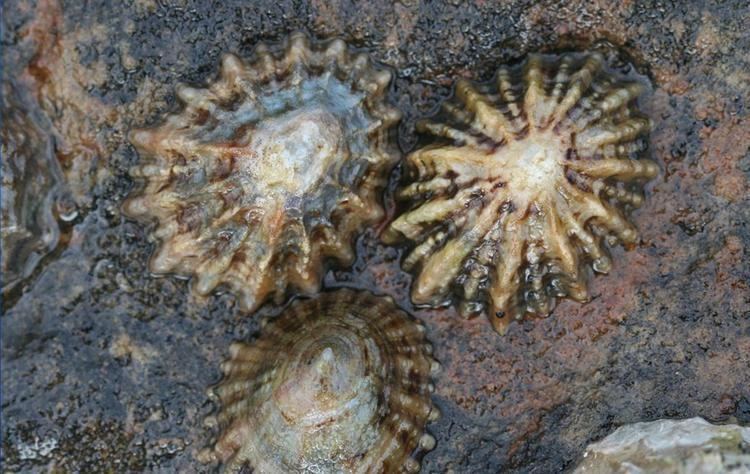 | ||
Representative species Similar Whelk, Abalone, Mussel, Cockle, Sea urchin | ||
Timelapse limpet gripping rock
A limpet is an aquatic snail with a shell that is broadly conical in shape. "Limpet" informally refers to any gastropod whose shell has no obvious coiling, like the coiling which can be seen in the shells of garden snails or winkles.
Contents
- Timelapse limpet gripping rock
- Battlefield 1 limpet charge is op
- Behaviour and ecology
- Naming
- Teeth
- Phylogeny
- Other limpets
- In culture and literature
- References
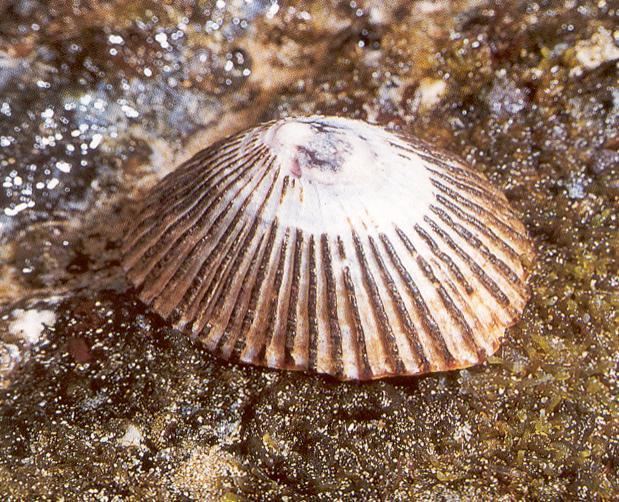
Although all limpets are members of the class Gastropoda, limpets are highly polyphyletic, meaning that the various groups that we call "limpets" have descended independently from different ancestral gastropods. This general category of conical shell is technically known as "patelliform", meaning dish-shaped. Some species of limpet live in fresh water, but these are the exception. All members of the large and ancient marine clade Patellogastropoda are limpets, and within that clade the family Patellidae in particular are often called the "true limpets".
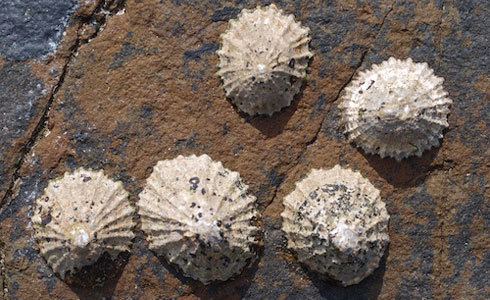
Other groups, not in the same family, are also called limpets of one type or another because of the similar shapes of their shells. Examples include the Fissurellidae, the "keyhole limpet" family, which which is part of the clade Vetigastropoda. However, many other members of the Vetigastropoda do not have the morphology of limpets.
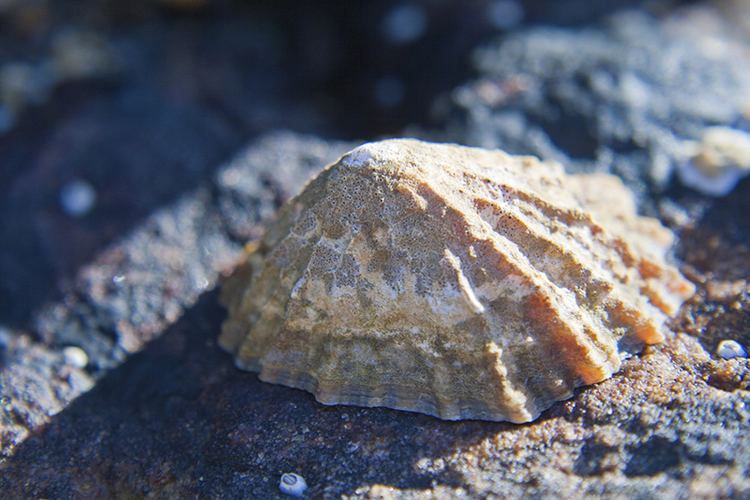
Battlefield 1 limpet charge is op
Behaviour and ecology
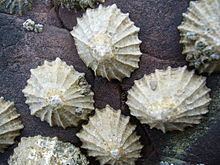
True limpets in the family Patellidae live on hard surfaces in the intertidal zone. Unlike barnacles or mussels, true limpets are capable of locomotion instead of being permanently attached to a single spot. However, when they need to resist strong wave action or other disturbances, limpets cling extremely firmly to the surface on which they live, using their muscular foot to apply suction combined with the effect of adhesive mucus. It often is very difficult to remove a true limpet from a rock without injuring or killing it.
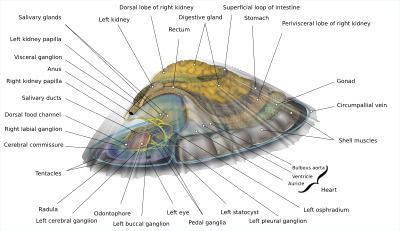
All "true" limpets are marine and have gills. However, because the adaptive feature of a simple conical shell has repeatedly arisen independently in gastropod evolution, limpets from many different evolutionary lineages occur in widely different environments. Some saltwater limpets such as Trimusculidae breathe air, and some freshwater limpets are descendants of air-breathing land snails (e.g. the genus Ancylus) whose ancestors had a pallial cavity serving as a lung. In these small freshwater limpets, that "lung" underwent secondary adaptation to allow the absorption of dissolved oxygen from water.
Naming
The common name "limpet" also is applied to a number of not very closely related groups of sea snails and freshwater snails (aquatic gastropod mollusks). Thus the common name "limpet" has very little taxonomic significance in and of itself; the name is applied not only to true limpets (the Patellogastropoda), but also to all snails that have a simple shell that is broadly conical in shape, and either is not spirally coiled, or appears not to be coiled in the adult snail. In other words, the shell of all limpets is "patelliform", which means the shell is shaped more or less like the shell of most true limpets. The term "false limpets" is used for some (but not all) of these other groups that have a conical shell.
Thus, the name limpet is used to describe various extremely diverse groups of gastropods that have independently evolved a shell of the same basic shape (see convergent evolution). And although the name "limpet" is given on the basis of a limpet-like or "patelliform" shell, the several groups of snails that have a shell of this type are not at all closely related to one another.
Teeth
The teeth of limpets, like those of all molluscs, make up an organ called a radula which consist of composite nanostructures with fractions of reinforcing goethite nanofibres within a softer chitin matrix to provide mechanical integrity. A 2015 study into the tensile strength of teeth from Patella vulgata found ranges from 3.0 to 6.5 gigapascals (GPa), making them the strongest known biological material, outperforming spider silk. The mineral protein of the limpet teeth can withstand a tensile stress of 4.9 GPa, compared to 4 GPa of spider silk and 0.5 GPa of human teeth. This strength is attributed to a high mineral volume fraction of goethite nanofibres. Durable artificial structures derived from limpet teeth may have applications in high-performance engineering, such as aircraft fuselages and the bodies of Formula 1 racing cars.
Phylogeny
Gastropods that have limpet-like or patelliform shells are found in several different clades:
Other limpets
Marine
Freshwater
Most marine limpets have gills, whereas all freshwater limpets and a few marine limpets have a mantle cavity adapted to breathe air and function as a lung (and in some cases again adapted to absorb oxygen from water). All these kinds of snail are only very distantly related.
In culture and literature
Limpet mines are a type of naval mine attached to a target by magnets. They are named after the tenacious grip of the limpet.
The humorous author Edward Lear wrote "Cheer up, as the limpet said to the weeping willow" in one of his letters. Simon Grindle wrote the 1964 illustrated children's book of nonsense poetry The Loving Limpet and Other Peculiarities, said to be "in the great tradition of Edward Lear and Lewis Carroll".
